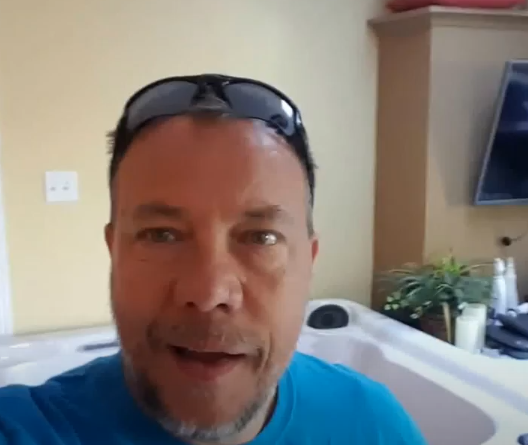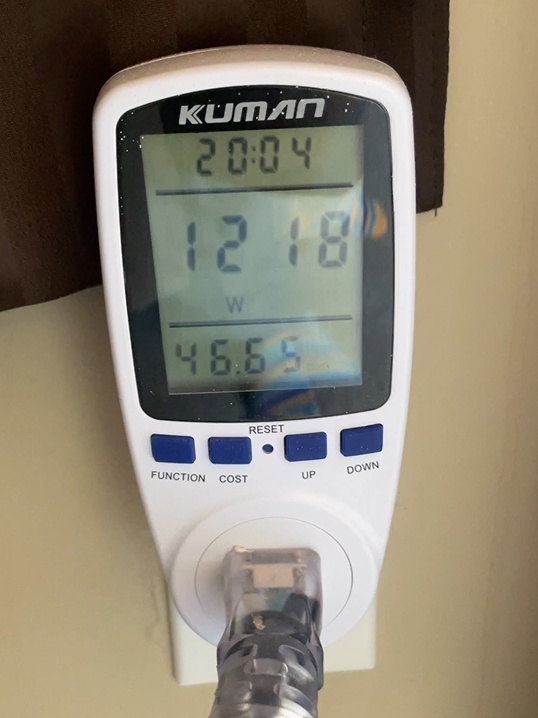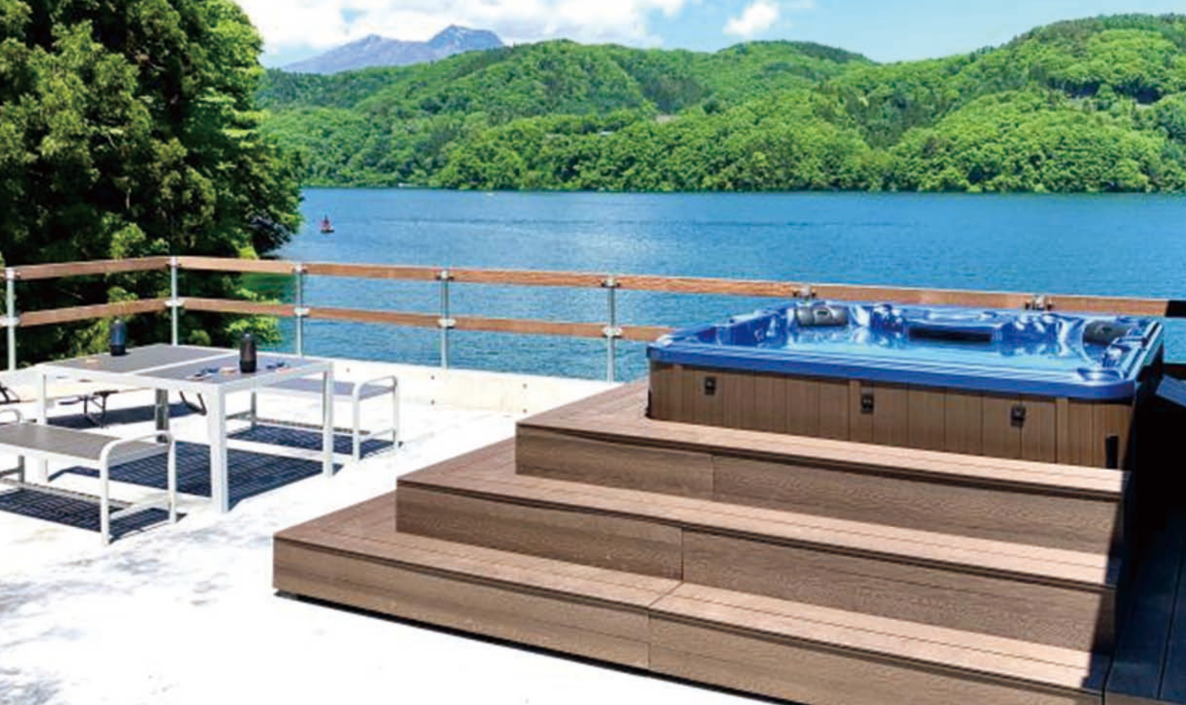Testing For Ozone
Is Your Ozonator Actually On?

With the rise in popularity of ozone sanitation systems, savvy hot tub owners are starting to ask a reasonable question: “How do I know if it’s working?”
Ozone systems are often marketed as a way to reduce chemical use while keeping water fresh and clear. But unless you're relying entirely on traditional chlorine or bromine, you'll eventually wonder how to verify the ozonator is actually doing its job.
Ozone as an Oxidizer vs. Sanitizer
Most hot tub owners use ozone as an oxidizer, not a primary sanitizer. That means keeping a small, consistent amount of chlorine or bromine in the water—just enough to keep pathogens in check—while letting ozone take over the heavy lifting of breaking down organic contaminants.
Think of it this way: the sanitizer (chlorine or bromine) kills bacteria directly. The ozonator doesn’t—it breaks down the organic “food” that bacteria feed on, interrupting their life cycle. By pairing ozone with a light residual sanitizer, you can often reduce your chlorine levels from the typical 3–5 ppm down to as little as 2 ppm, without compromising cleanliness.
But what if you want to go fully ozone-based?
Can You Trust the Bubbles?
It’s tempting to assume that as long as there are bubbles in the footwell, everything’s fine. But that’s not always the case. While the presence of bubbles indicates the system is producing something, it doesn’t tell you whether ozone levels are reaching concentrations high enough to sanitize.
And although the specs—like ozone output (mg/hr) and water volume—can suggest that sanitation is possible, they don't guarantee consistent performance over time. Regular testing, even if infrequent, helps ensure your system is meeting your expectations, especially if you're minimizing or eliminating chemical sanitizers.
Three Ways to Test Ozone Levels
1. Ozone Test Strips
For most home users, this is the go-to method. Ozone test strips work just like standard hot tub test strips: dip, wait, compare. They’re inexpensive, widely available, and simple to use. Since ozone is continuously produced during system operation, you don’t need to test often—just periodically to confirm everything’s on track.
The downside? Accuracy. Strips provide a ballpark range rather than a precise reading. But for general peace of mind, they do the trick.
2. ORP Testing (Oxidation-Reduction Potential)
If you want real numbers, ORP testing steps it up. An ORP sensor measures how reactive your water is—essentially determining whether the water environment is capable of killing pathogens. The higher the ORP, the more effective your sanitizer system (ozone included).
This is particularly useful for hot tubs running both ozone and a small dose of chlorine or bromine. ORP doesn’t differentiate between the two—it just tells you how “active” your water is in breaking down contaminants. That makes it a favorite among service technicians and data-loving spa owners alike.
But remember: ORP shows potential—it doesn't test for actual contaminants. For that, you’ll need something more direct.
3. ATP Testing: The Gold Standard
ATP (Adenosine Triphosphate) testing skips the proxies and measures biological contamination directly. Rather than checking for the presence of sanitizer, ATP testing looks for the presence of life—bacteria, viruses, and other microorganisms common in spa water.
It’s especially helpful when dealing with unexplained skin rashes or recurring water quality issues. ATP tests can detect whether organisms like Legionella pneumophila (responsible for Legionnaires' disease) are present—information you won’t get from a chlorine or ORP test.
That said, ATP testing equipment is expensive and usually reserved for dealers, health departments, or serious troubleshooting. It’s not something most homeowners need in their toolkit, but it's worth knowing about if you ever need to escalate a sanitation issue.
When Is Testing Worth It?
If you’ve been running a low-chemical or “natural” spa system for years without problems, you might wonder if all this is overkill. And in many cases, it might be. The goal here isn’t to alarm or overcomplicate your maintenance routine—but to equip you with the facts.
Because when you’re paying for a water quality service or troubleshooting a problem, you deserve more than a quick paper strip test you could’ve done yourself.
If a dealer or tech tells you your water is “fine,” you now have the tools—and terminology—to ask why. And if they can’t explain it clearly or provide a valid testing method, that’s your cue to ask for better.
Final Thought
Your spa’s cleanliness isn’t a bonus feature—it’s the baseline. Whether you’re enjoying a chlorine-free soak or dialing in a hybrid system, it pays to understand how your ozonator fits into the equation—and how to tell if it’s truly pulling its weight.




